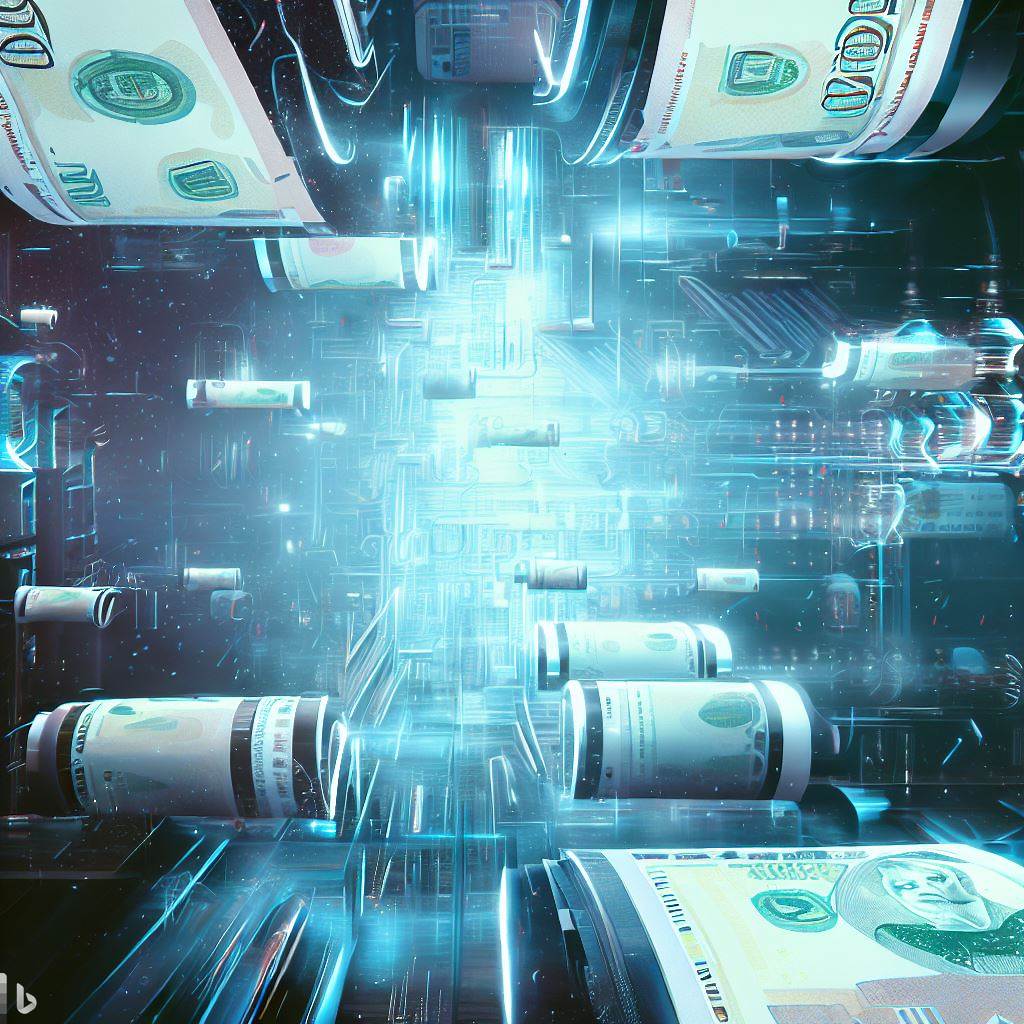INTRODUCTION
NFTs (non-fungible tokens) have seen a remarkable rise in popularity in the past few years. They have demonstrated blockchain’s potential to disrupt and refashion the ‘creative economy’ in fundamental ways. It has been nothing less than a cultural revelation to discover that digital art, which has always been susceptible to easy reproducibility, can now be legitimately ‘owned’ and transacted.
But is this really the case? What sort of ownership rights do NFTs guarantee, if any? Does the author/artist relinquish his copyright in the original work? Or does he sell specific ‘copies’ of the original, and retain his right in the original (as in a book)? These are some of the questions we will briefly consider in this essay. Our conclusion, by and large, is that despite the flurry of activity in this space and its unbounded enthusiasm, there is very little legal clarity on the nature of rights being transacted as NFTs.
TOKENS & UNIQUENESS
Before moving to consider the legal nature of specific NFT transactions, it may be useful to outline a few basic properties. Non-fungible tokens are named such in order to distinguish them from crypto ‘currencies’. In the latter, each token is fungible because it is considered identical and replaceable with the others. By stressing that a particular token is non-fungible it is given a unique and irreplaceable status within the blockchain economy. This implies, among other things, that its valuation is dictated less by market rationalities, and more by market desires. For instance, it can be argued that legacy NFT projects have value primarily because of their historical significance, i.e. their ability to signal the birth of a new era in digital art. Since the historical moment they claim to mark is inimitable, buyers are often willing to pay exorbitant amounts to own them.
This implies that digital art has value for the same reasons as physical art, i.e. scarcity and uniqueness. It is therefore important to understand how blockchains enable digital art (of whatever form – image, video, audio etc.) to become ‘unique’. Blockchains are, simply put, community ledgers maintained by a network of nodes which keep a record of digital transactions. Each ‘block’ contains bunched transactions which are given an algorithmically defined location in the ‘chain’. As new blocks get added to this chain, the location of all the previous ones gets recursively confirmed. By connecting all valid transactions in this way, a wallet’s balance can be accurately determined at a given point in time.
From this perspective, it is important to underscore that the idea of uniqueness is woven into the very fabric of blockchain. As Nakamoto puts it: “[We] define an electronic coin as a chain of digital signatures. Each owner transfers the coin to the next by digitally signing a hash of the previous transaction and the public key of the next owner and adding these to the end of the coin.” Each ‘coin’, in other words, carries its own unique history as it travels across the blockchain economy.
THE CENTRALITY OF CONVENTION
Despite this uniqueness, however, it would be wrong to call a simple crypto ‘coin’ (such as BTC or ETH) an NFT. This is because, as a matter of convention, the community of developers and market participants treats each coin as interchangeable with the other. It is this convention that allows cryptocurrencies to perform monetary functions, a task which is not expected of NFTs. Having said that, however, it is theoretically possible to say that particular blocks are more valuable than others due to their unique mathematical location (say 50, 100 and so on), and certain NFT projects can be derived from this uniqueness. What is crucial for us to note in this comparison is simply this – each fungible token possesses, in-itself, the prerequisites of becoming an NFT.
One may think of a real world analogy to illustrate this. Physical currency notes also have unique identifiers but are treated as fungible by their users. Just as with cryptocurrencies, this remains a matter of pragmatic social convention. If, hypothetically, due to some historical instance (such as demonetisation, hyperinflation, war etc.) few of these notes become obsolete, then they may gain a ‘unique’ value which is historically specific to them. If a collector preserves these notes for a long enough time, chances are that he will be able to sell them at high prices in the future. Such notes would have then ceased to perform monetary functions, and acquired a newer form of value due to their scarcity, uniqueness and historical significance. In other words, they would have become ‘non-fungible’.
To reiterate, the distinction between fungible and non-fungible tokens is not as stark as many imagine. Each fungible token carries with it unique identifiers (such as the details of the wallet addresses, blocks and contracts through which it passes), which makes it a potential NFT. Nonetheless, a large majority of such tokens never actually become NFTs because their identifiers are merely a set of randomly generated numbers and letters pointing to a particular transaction history. Such uniqueness is not desirable enough to offset the token’s monetary function; in fact, it is nothing more than a reflection of the latter. One can imagine a spectrum which runs from monetary to art functions, in which cryptocurrencies are at the former end and NFTs at the latter. The precise boundary at which one gets converted into the other remains, as highlighted above, a matter of culture and convention.
RECENT BLOGS
Lessons from the FTX Collapse
Lessons from the FTX Collapse The FTX collapse is a major blow to the crypto industry. It is a reminder that the industry is still in its early stages and
De-freezing bank accounts of crypto P2P traders: A Legal primer
De-freezing bank accounts of crypto P2P traders: A Legal primer Introduction Peer-to-Peer (P2P) crypto transactions executed by Indian traders have reportedly increased significantly in the last few years. These P2P transactions
FIU Registration of VDA Service Providers
FIU Registration of VDA Service Providers Introduction Regulatory landscape for cryptocurrencies i.e. virtual digital assets (VDAs) has significantly evolved in India in the last two years. Though a VDA
Are Payment gateways ‘reporting entities’ under PMLA?
Are Payment gateways 'reporting entities' under PMLA? Introduction Should a word or a phrase defined similarly in two different statutes be interpreted differently? Hon’ble Delhi High Court has answered this
An Overview of DAO Legal Wrappers
An Overview of DAO Legal Wrappers Exploring the Benefits of DAO Legal Wrappers for BusinessesBusinesses are increasingly turning to decentralized autonomous organizations (DAOs) to take advantage of the many benefits





